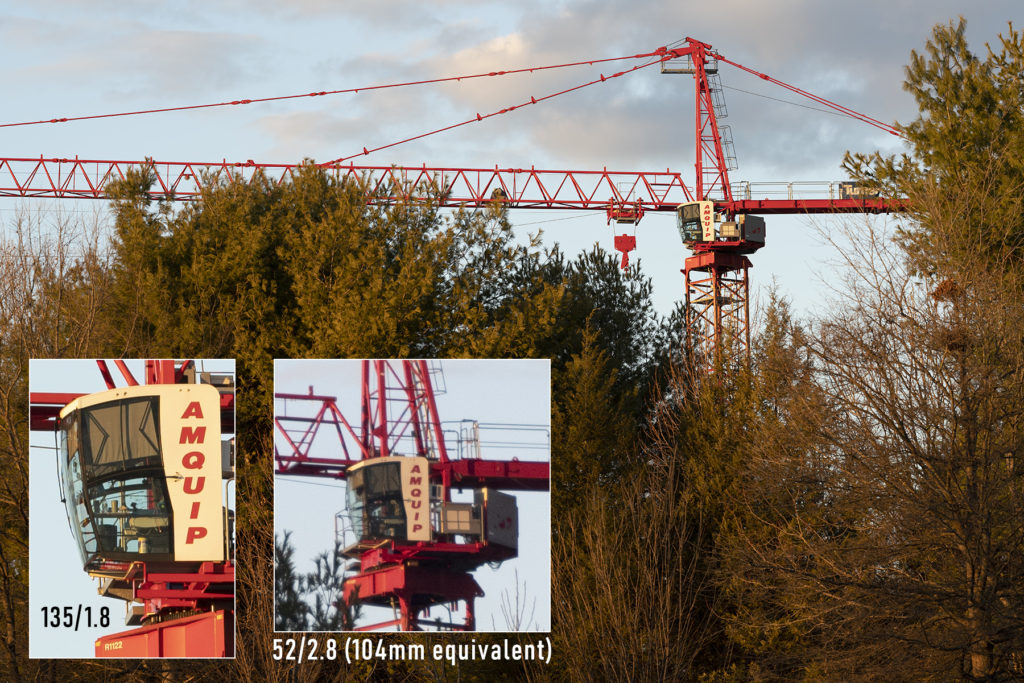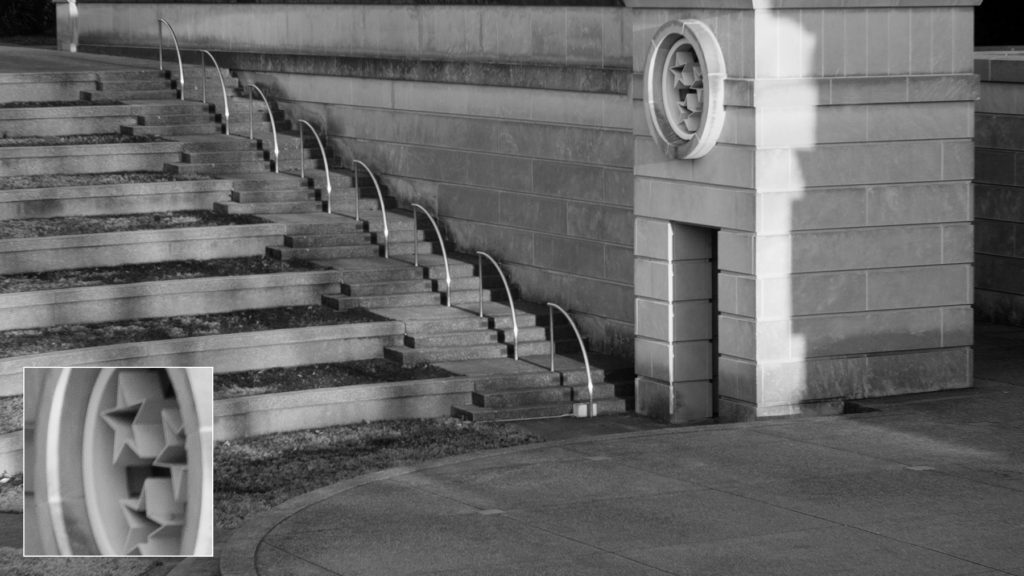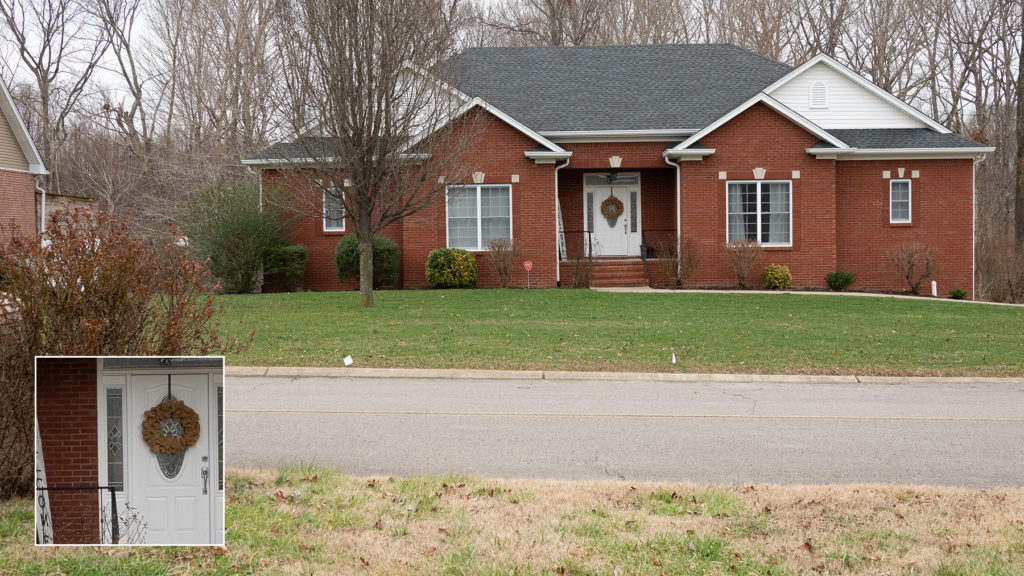I just tried comparing a full-frame 43MP Sony A7R3 and 135/1.8 Sigma lens bought for $1200 to a 16MP micro 4/3 Panasonic GM5 with an adapted FED 50/2.8 lens (E26m) obtained at a used book store for $4. Sony wins considerably on all counts other than size, which is to be expected. GM5 was obtained for the pocket camera role with a 20/1.7 lens.

135mm can be used almost directly into light sources. The 52mm, especially since it has wider coverage than needed, cannot — but its contrast improves greatly with a lens shade or a hand used as a gobo. Edge sharpness on the 52 falls off rapidly, even though only the center quarter of the lens area is used by micro 4/3 camera.
Conclusion: expensive modern lenses are better than cheap obsolete lenses. A real discovery, right? The purpose of my quest was to see if I could use the 52mm for stylizing 1930-1950s look in camera. The answer is “yes”, but focusing has to be done with great care. Even zoomed in, focus was difficult to obtain. The reason I was curious about the 52mm is that I started my photo learning on a FED camera with this or a very similar lens.



I generally find the bokeh of lenses that have aspherical elements to be not as pleasing. Older lenses tend to have quite a lot less elements; and so not as many things are corrected for; but I usually find the older lenses to be a more pleasing rendering for humans and portraits. I’m assuming that 52mm is a double gauss design. One of my favorite lenses from yesteryears was the Zuiko 50mm f1.8; not the sharpest 50mm compared to say a Zeiss 50mm F1.4; but I thought the rendering was pleasing; the bokeh was definitely more pleasing. I don’t find absolute sharpness to be the end-all-be-all of lenses; a lot of photographers wants a lens with no vignetting; and then add it in post; which I don’t quite understand.
I not liked the rendering from Sigma’s new line of lenses; clinically sharp; yes; but lacks warmth and too many elements; giving a much flatter rendering. There’s a lot of things I can correct for in post; but micro-contrast that’s lost to high element count and lack of “3D pop” isn’t something I can get back in post.
If you want to have portrait pop, go get a used Nikon D610 or D750 and a nikkor 85 1.8. That combo is amazing. I have the 105 1.4 and the 105 2.0 DC and a D850 that don’t come close to the 85 1.8.
Spin